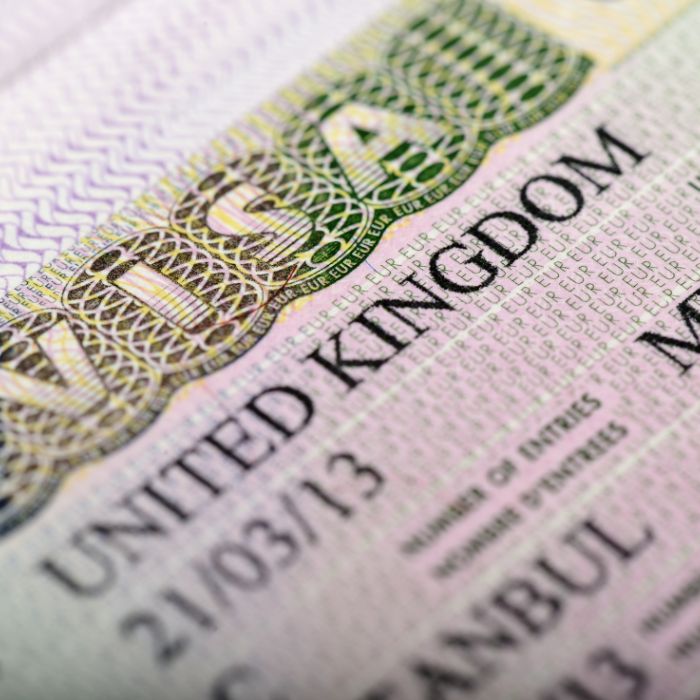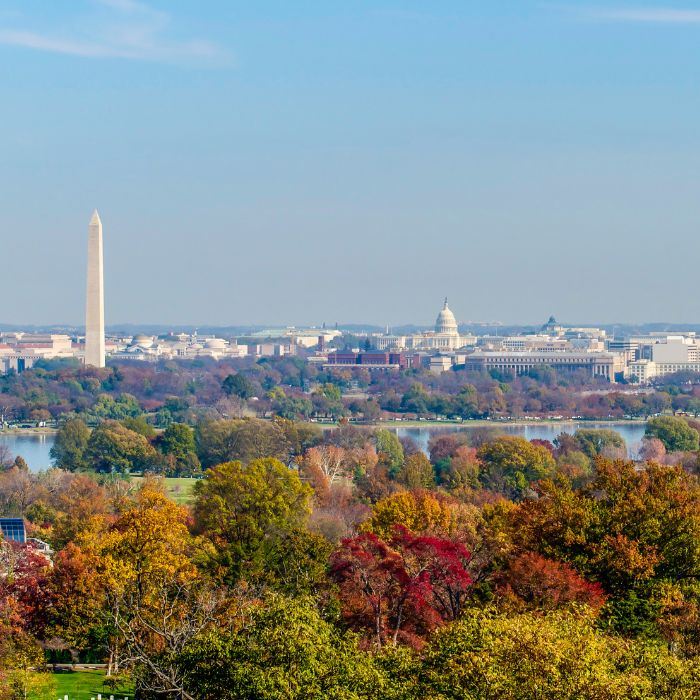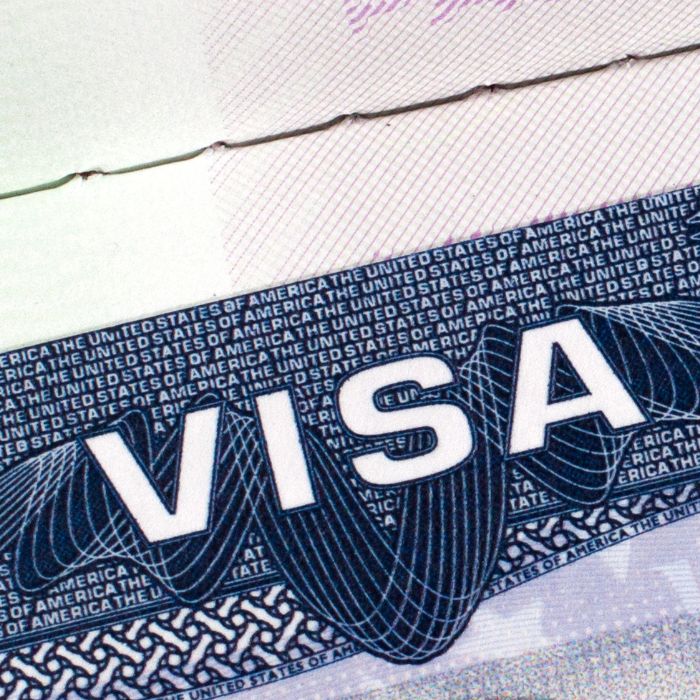United States: USCIS and DOS Take Further Steps Toward Implementation of Gold Card Permanent Residence Program
November 21, 2025
At a glance
- A USCIS form that would be used to apply for the Gold Card program – under which a foreign national would be eligible for U.S. permanent residence after a donation of $1 million (for individual petitioners) or $2 million (for corporate petitioners) – has cleared federal review, a necessary step toward opening the program to interested applicants.
- A related State Department draft form has been submitted for emergency federal review. This form would be used by foreign nationals who have been approved for the Gold Card program to then apply for a green card through a U.S. consulate.
- In September, President Trump ordered the Gold Card program to be fully implemented by December 18; further details on the program and process are expected in the coming weeks.
The issue
The U.S. government is quickly moving towards implementation of President Trump’s Gold Card program, a path to permanent residence based on large donations to the U.S. Treasury. The government’s aim is to fully implement the program by December 18, the deadline imposed by the executive order that officially announced the program in September.
A draft Form I-140G – a petition that would be used to seek permanent residence through the Gold Card program – has been cleared by the Office of Management and Budget (OMB). In addition, the State Department is seeking emergency approval of an immigrant visa application to be used by Gold Card beneficiaries – the DS-260G. The DS-260G form is reportedly nearly identical to the current immigrant visa application form, the DS-260, but will be used by foreign nationals with approved Form I-140G petitions to apply for their green card through a U.S. consulate.
Under the Gold Card program, interested individual petitioners and corporate sponsors could make a donation to the U.S. Treasury that would render a foreign national eligible for permanent residence under the EB-1 preference category for individuals of extraordinary ability or the EB-2 National Interest Waiver category. A donation of $1 million would be required of individual petitioners, while a donation of $2 million would be required where an employer is petitioning for a foreign beneficiary.
Details on the proposed Gold Card process
According to draft instructions to the proposed I-140G form, the government is planning a process that would entail (1) a Gold Card application filed with the Department of Commerce; (2) payment of a nonrefundable $15,000 fee per applicant through pay.gov; and (3) the filing of the soon-to-be-published Form I-140G petition with USCIS. USCIS would use Form I-140G to assess a beneficiary’s eligibility for the new immigrant visa category and to vet the donated funds on which the application is based to ensure that those funds originate from a lawful source. Once the I-140G petition is approved and when an immigrant visa number is available in the requested classification, the government says that an applicant “must complete consular processing with the U.S. Department of State at an embassy or consulate to get an immigrant visa and travel to the United States to be admitted as a lawful permanent resident.” Applicants would use the now-draft Form DS-260G immigrant visa application, for which the State Department is currently seeking emergency OMB review. The draft Form I-140G instructions do not address adjustment of status through USCIS for Gold Card petition beneficiaries.
What’s next for the Gold Card program
Though the draft immigration forms are an important step toward implementation of the Gold Card program, the process has not been finalized. The first step in the Gold Card program process is a Department of Commerce application and details regarding this application have not been released. Further details on the entire Gold Card process are expected in the coming weeks as the implementing agencies work toward the December 18 deadline.
The government has not yet provided any details on a related Platinum Card program, which was not announced in President Trump’s September executive order but appears as an option on the Administration’s Gold Card website. According to the website, the Platinum Card program would allow a foreign national who makes a $5 million payment to the U.S. government (plus processing fee) to live in the United States for up to 270 days each year without being subject to U.S. taxes on non-US income.
This alert is for informational purposes only. If you have any questions, please contact the immigration professional with whom you work at Fragomen.














